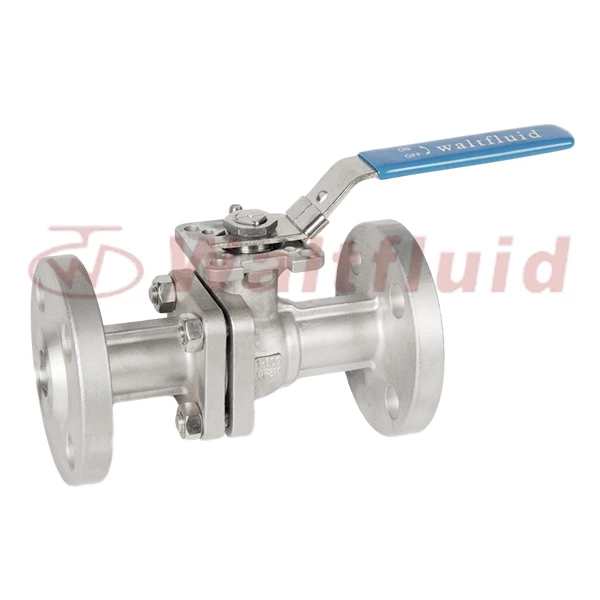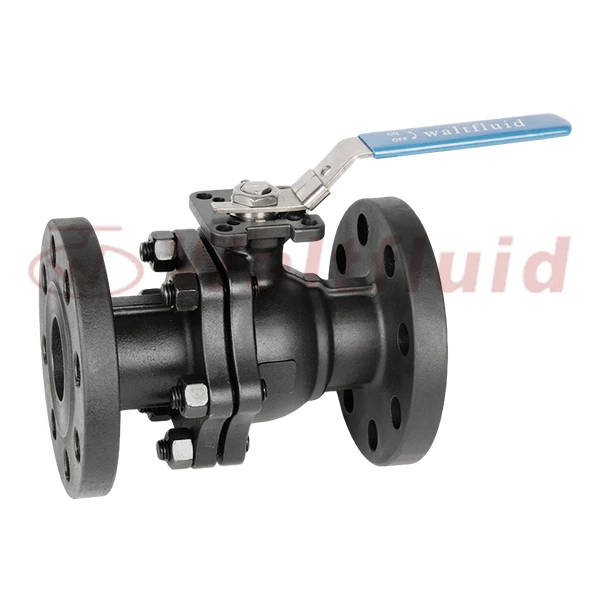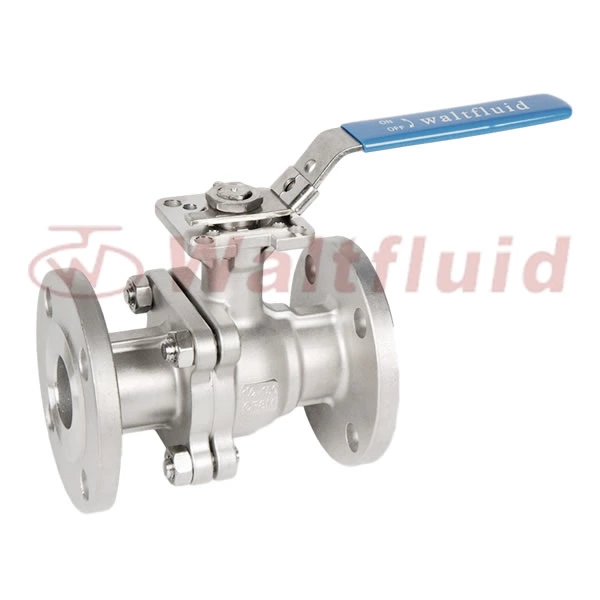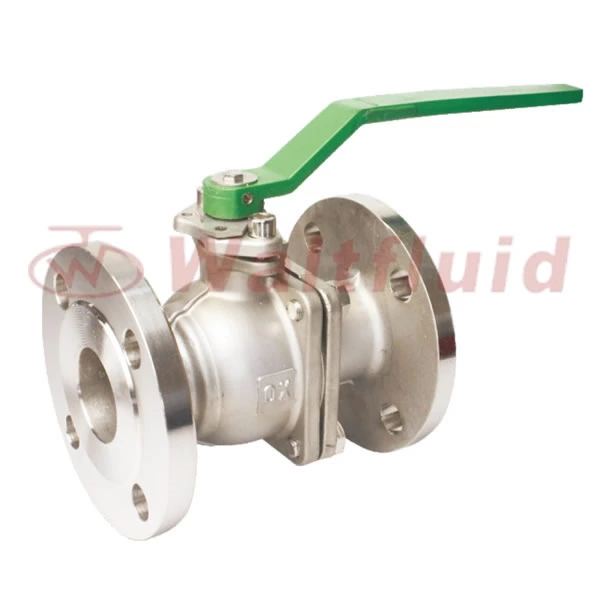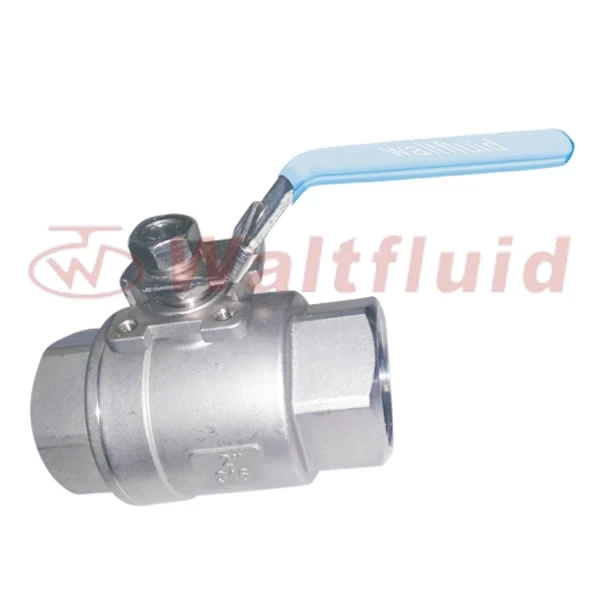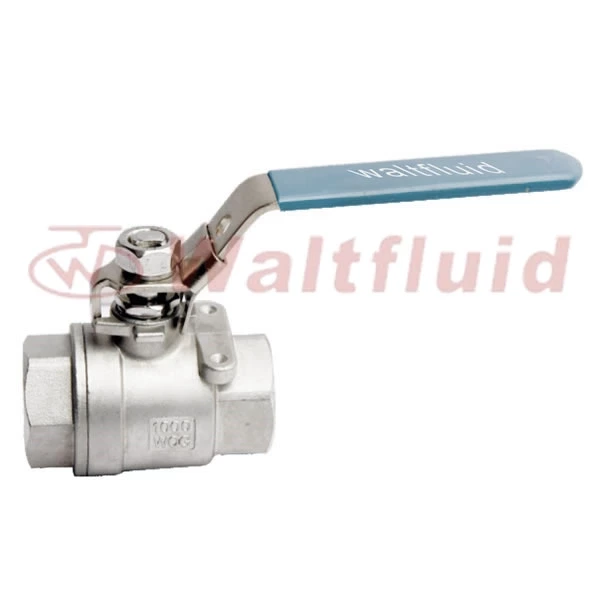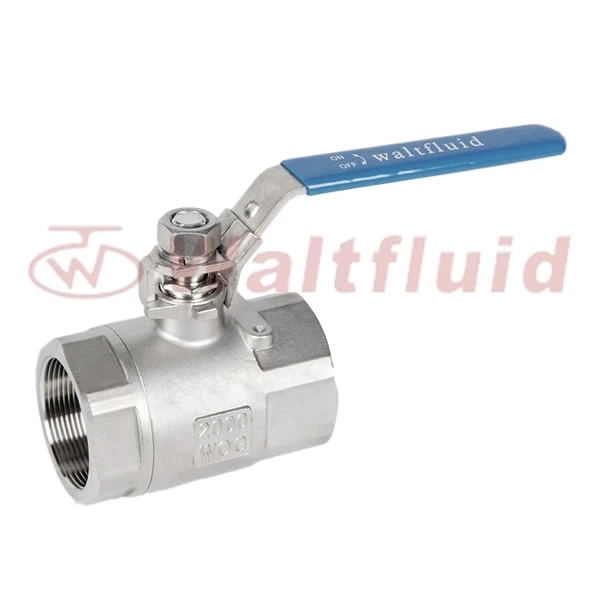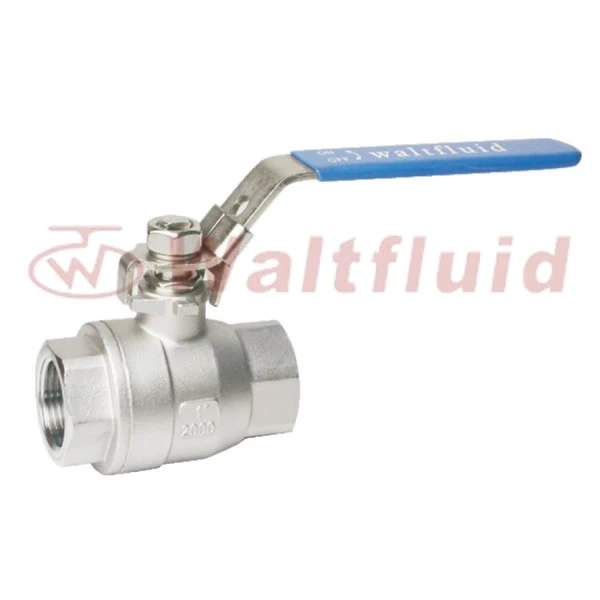Do You Know The Leakage Problem Of Stainless Steel Valves?
Are you still worried about the problem of 2 Piece Ball Valve leakage? Then you can read this article.
Sealing is to prevent leakage, so the sealing principle of stainless steel valves is also studied from the perspective of preventing leakage. There are two main factors that cause leakage. One is the main factor affecting the sealing performance, that is, there is a gap between the sealing pairs, and the other is the pressure difference between the two sides of the sealing pair. The sealing principle of stainless steel valves is also analyzed from four aspects: the sealing of liquids, the sealing of gases, the sealing principle of leakage channels, and the sealing pair of stainless steel valves.
1. Liquid sealing
The sealing of liquids is carried out through the viscosity and surface tension of liquids. When the capillary of the stainless steel valve leakage is filled with gas, the surface tension may repel the liquid or introduce the liquid into the capillary. This forms a tangent angle. When the tangent angle is less than 90°, the liquid will be injected into the capillary, and leakage will occur.
The reason for leakage is the different properties of the medium. When different media are used for testing, different results will be obtained under the same conditions. Water, air or kerosene can be used. When the tangent angle is greater than 90°, leakage will also occur. This is because it is related to the grease or wax film on the metal surface. Once these surface films are dissolved, the properties of the metal surface change, and the liquid that was originally repelled will wet the surface and leak. In view of the above situation, according to Poisson's formula, the purpose of preventing leakage or reducing the amount of leakage can be achieved by reducing the capillary diameter and the medium viscosity.
Stainless steel valves
2. Gas sealing
According to Poisson's formula, the sealing of gas is related to gas molecules and gas viscosity. Leakage is inversely proportional to the length of the capillary and the viscosity of the gas, and is proportional to the diameter of the capillary and the driving force. When the diameter of the capillary is the same as the average degree of freedom of the gas molecules, the gas molecules will flow into the capillary with free thermal motion.
Therefore, when we are doing a stainless steel valve sealing test, the medium must be water to play a sealing role, and air, that is, gas, cannot play a sealing role. Even if we reduce the capillary diameter to below the gas molecule through plastic deformation, it still cannot stop the flow of gas. The reason is that the gas can still diffuse through the metal wall. Therefore, when we do gas tests, we must be more strict than liquid tests.
3. Sealing principle of leakage channel
The seal of stainless steel valves consists of two parts: the roughness of the unevenness scattered on the wave surface and the waviness of the distance between the wave peaks. In the case that the elastic strain of most metal materials in my country is low, if you want to achieve a sealed state, you need to put forward higher requirements on the compression force of the metal material, that is, the compression force of the material must exceed its elasticity.
Therefore, when designing stainless steel valves, the sealing pair is matched with a certain hardness difference. Under the action of pressure, a certain degree of plastic deformation sealing effect will be produced. If the sealing surface is made of metal material, the protruding points of the uneven surface will appear early, and only a small load is needed at the beginning.
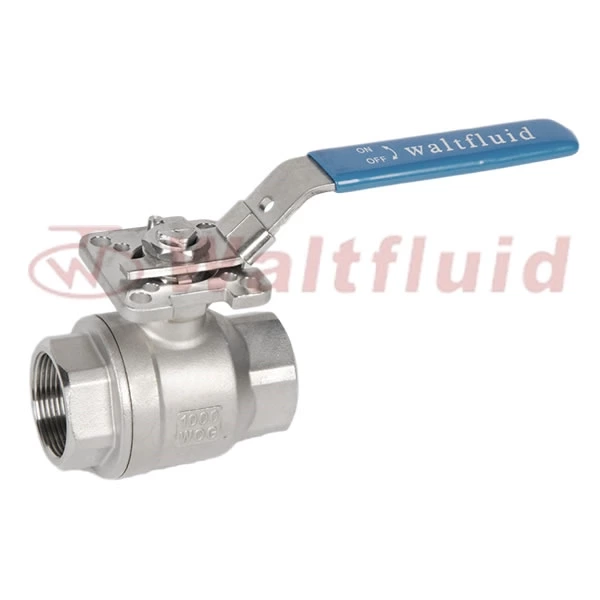
 English
English 中文
中文 Pусский
Pусский  Español
Español
